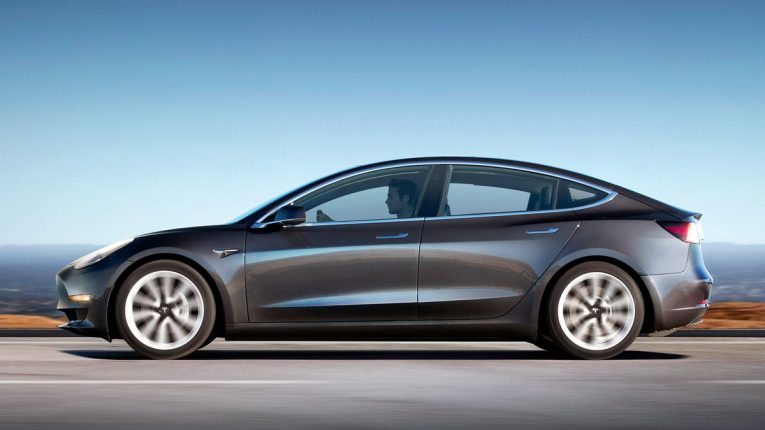
The Self-Driving Car Facts You Need to Know (But Were Afraid to Ask)
Once considered in the realm of science fiction, self-driving cars are a reality of 2020; and a reality that is fast becoming considered commonplace. With such wild technological advancements and ‘the future is now!’ concept, it’s no wonder there are a lot of misconceptions about autonomous vehicles.
Fear surrounding releasing control to technology to take you from point A and to point B is just one of the doubts many have about self-driving cars, and you will often see widely repeated statements with a narrow view and lack of understanding made on autonomous cars.
Engineering simulation software company Ansys did a global study recently about self-driving perceptions. The results were staggering, finding that older adults are less optimistic than their younger counterparts about the idea of a robocar. A whopping 60% of participants surveyed said they are most scared about a tech failure whilst being driven in a driverless car.
Understanding the future: self-driving cars
It’s quite clear that technology will keep on advancing within the future, and understanding how these systems work on a deeper level will help alleviate a lot of distant fears.
Let’s look at the top misconceptions made about driverless cars, and see if you’re an autonomy convert by the end of them.
Misconception 1: Driverless cars will be released to the public without thorough testing
It is a popular misconception that big companies want to release driverless cars sooner without proper and thorough testing in an effort to increase their profit margins. This couldn’t be further from the truth. Interestingly, Skaug Law car accident lawyers state, “While carmakers are reluctant to assume complete responsibility for any vehicle or technology they produce, the fault for accidents involving autonomous vehicles will likely fall on the manufacturer, not the driver. However, big changes will need to be made to legal systems to handle such liability.”
Ultimately, the last thing any company wants is for anyone to get hurt, and the lawsuits alone would cripple their business. This is why companies hire stress analysis consultants for a thorough analysis of vehicles and their components.
Driverless cars are not only a step forward for technology, but the amount of testing, reprogramming, and prototyping needed to ensure a baseline level of safety for passengers is a ridiculously long list. It is more than likely the first driverless cars will not be released to the public at all, but rather government facilities or the like for even further testing.
Misconception 2: Autonomous vehicles are unsafe and have the potential to hurt many people
The manual and automatic cars we already drive have the potential to be unsafe or to injure pedestrians or other cars. Algorithms to program the internal computers would more than likely be programmed to ensure all road rules are followed with emergency override systems in place in the unlikely event anything goes wrong. Obeying road rules ensures a higher level of safety in any vehicle, whether you’re driving or not.
Misconception 3: Driverless vehicles will only be for the extremely wealthy
With the technology still in developmental stages, this is impossible to say. At one point, the home computer was out of price reach for the average household. Now, we carry around micro-computers in our pockets that connect to the internet, make calls, and even take photos. These were once futuristic concepts, but are now an everyday fact of life.
Without an official release, and then further improvements and developments to the product, it is futile to put an imaginary price on what a driverless vehicle might cost us. More than likely, once the cars have had further testing and are released to the public, the purchase will not be like what we are used to today, with a car loan and a new set of keys.
Misconception 4: If we adopt this technology, humans won’t ever drive again
Just as horseback riding used to be the main means of transport, so too may driverless cars become so in the future. However, this doesn’t mean the obsoletion of driving altogether. Horse riding moved from streets to farms and bicycling became a recreational form of exercise.
With all things, humans have the fantastic ability to adapt to new ideas. Manual car driving may move out to farms or other further out areas, become a collectors hobby, or a recreational means of entertainment. With the introduction of driverless cars, it doesn’t necessarily mean it’s over for the classic cars we know and love now.
Embracing the future of passenger automobiles
Whatever side of the technology fence you’re on, the reality is advancements will keep coming. Ensuring you have researched on some level what is coming up in the future for humanity helps foster an attitude of understanding and facts, rather than unfounded fear and rejection. Many of us grew up watching The Jetsons, and the futuristic ideas of driverless cars that fit into your briefcase are much closer to reality in 2020 than they were in the 1960s.
Have some of your misconceptions been corrected? Who knows, you might just be one of the very first owners of a driverless car, cruising down the street with your feet up in the back, without a care in the world.
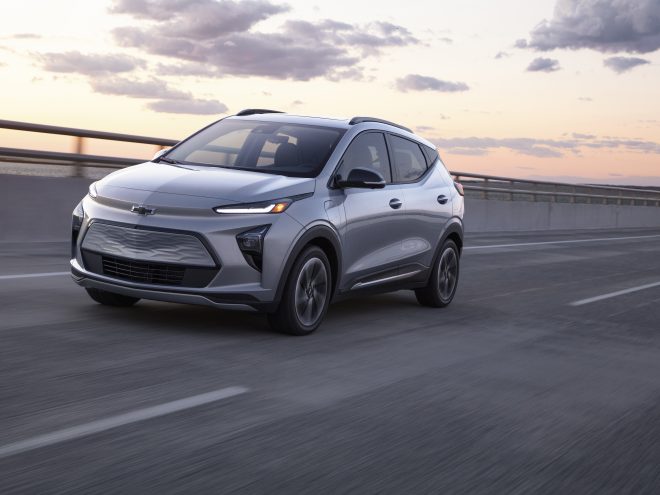
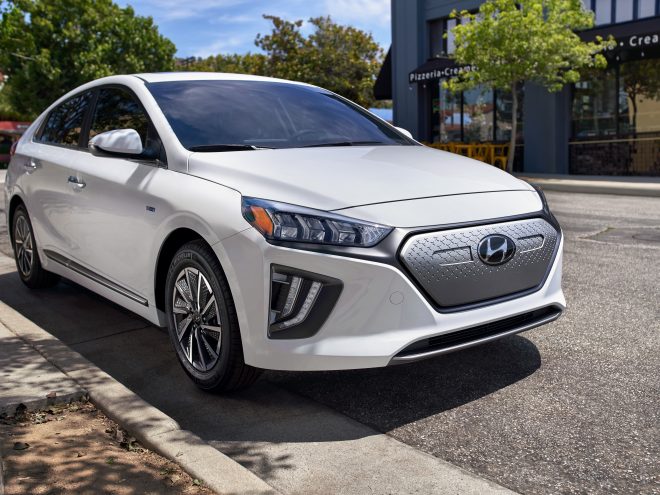
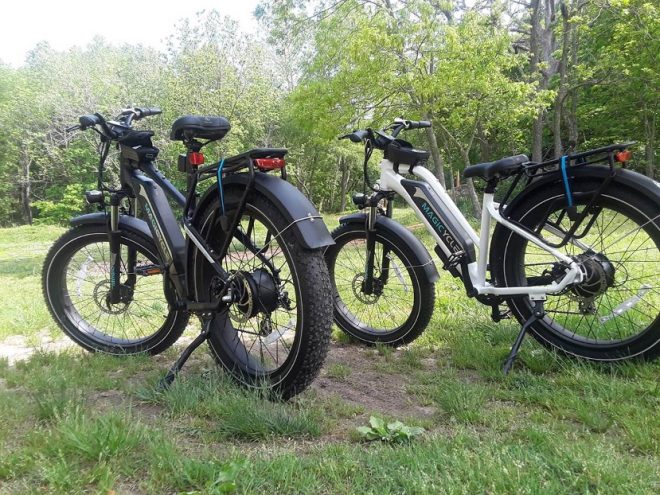
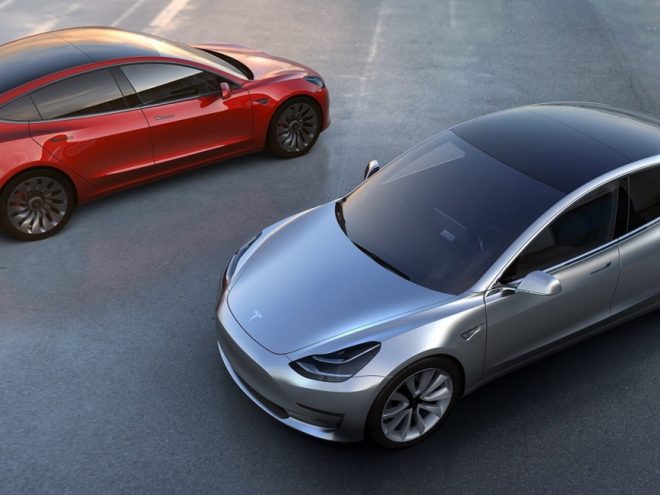
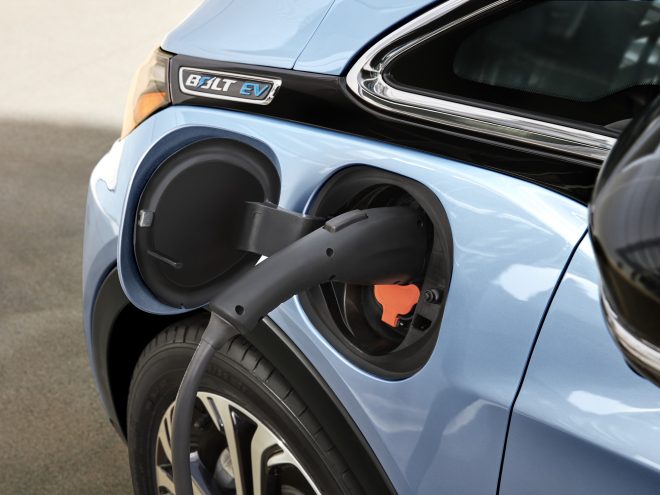





[…] source website […]
[…] The Self-Driving Car Facts You Need To Know But Were Afraid To Ask – The Intelligent Driver […]
Wonderful information about the self driving car facts you need to know but were afraid to ask, thanks a lot for sharing kind of content with us. Your blog gives the best and the most interesting information. I wonder if we can gather such practical information about it, a great post definitely to come across.